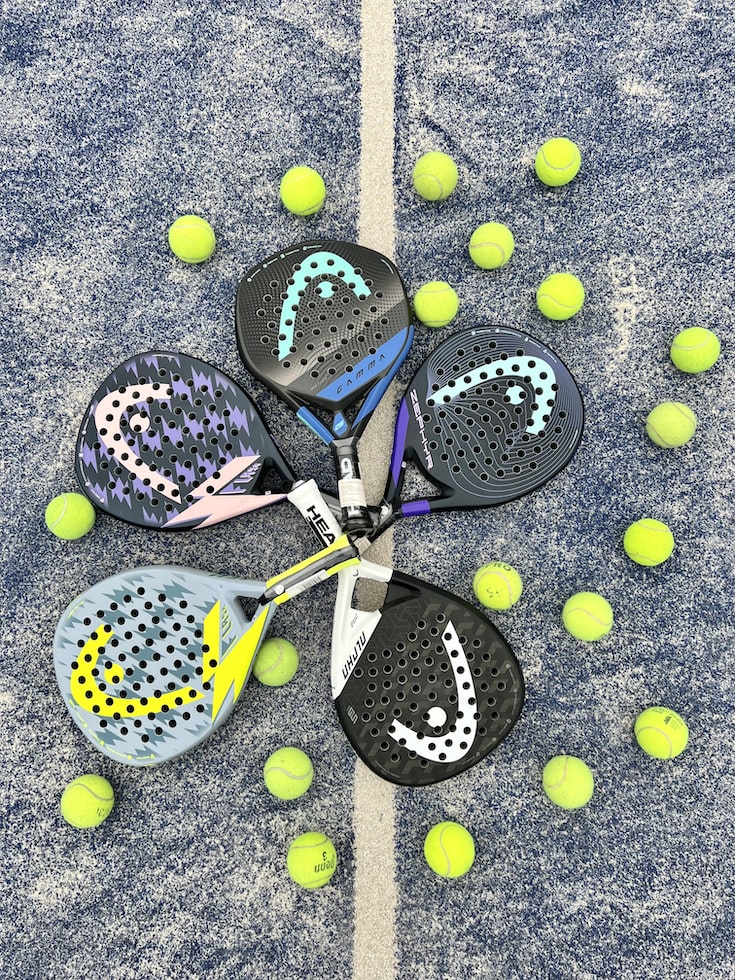Everything You Need to Know About Padel Court Net Rules: A Comprehensive Tutorial
3 min read
Everything You Need to Know About Padel Court Net Rules: A Comprehensive Tutorial
An Introduction to Padel
Welcome to the exciting world of padel, a fast-paced sport that combines elements of tennis and squash. Padel is gaining popularity around the world, and it’s no wonder why. With its compact courts, strategic gameplay, and addictive nature, it’s no surprise that enthusiasts are flocking to the nearest padel court. If you’re new to the sport, don’t worry! In this tutorial, we’ll take a deep dive into one of the most important aspects of padel – the net rules.
The Net: A Crucial Element
Before we delve into the intricacies of the net rules, let’s first understand the significance of the net in padel. The net serves as the dividing line between the two teams and acts as a barrier that players must overcome to score points. It adds an extra layer of challenge and excitement to the game.
Understanding Padel Court Net Rules
Now, let’s get down to business and explore the net rules in detail:
1. The Net Height:
The net height is a critical factor to consider when playing padel. In padel, the net is positioned at a height of 88 cm (34.65 inches) at the center, and 92 cm (36.22 inches) at the sidelines. This lower height compared to tennis makes for thrilling rallies and demands quick reflexes from players.
2. Crossing the Net:
In padel, crossing the net is not allowed during gameplay. Players must ensure they do not touch the net or cross over to the opponent’s side. Doing so results in a point penalty, as it alters the fairness and integrity of the game.
3. Ball Contact:
During a rally, the ball must pass over the net and touch the ground within the court boundaries. If the ball hits the net and lands in the opponent’s court, it is considered a valid shot, and the rally continues. However, if the ball hits the net and fails to cross over to the opponent’s side, it is counted as a fault.
4. Double Bounce Rule:
One of the unique aspects of padel is the double-bounce rule. Upon the first serve, the receiving team must allow the ball to bounce on their side before returning it. Similarly, the serving team must let the ball bounce on the receiving side before the rally commences. This rule ensures fair play and gives players an equal opportunity to compete.
5. Net Faults:
There are certain scenarios where a net fault is called. If the ball hits the net and falls back onto the hitter’s side without crossing over or hitting the ground, it is considered a net fault. Additionally, if the ball touches any part of the net structure, such as the net posts or mesh, it is also counted as a fault.
Conclusion
Understanding padel court net rules is essential for enjoying a fair and thrilling game of padel. By knowing how to adhere to these rules, you’ll be able to participate confidently and compete against opponents with sporting spirit. Remember to abide by the net height, refrain from crossing the net, ensure the ball passes over the net, and respect the double-bounce rule. So get out there, gather your friends, acquaint yourself with these net rules, and enjoy the exhilarating experience of padel!







